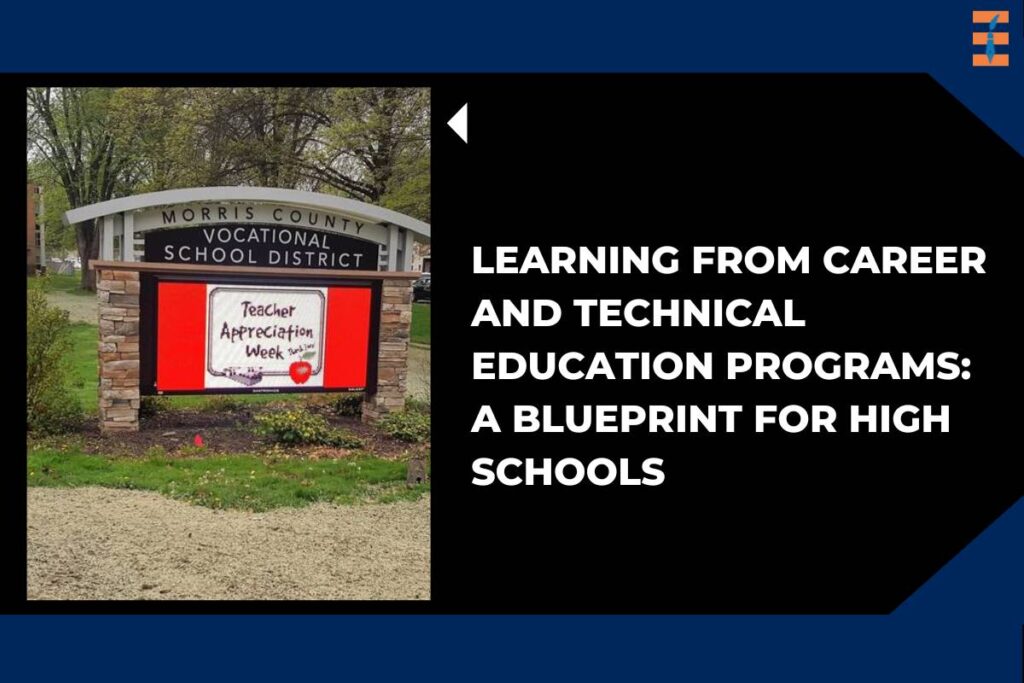Source – tapinto.net
Insight into Career and Technical Education
At Morris County Vocational School in New Jersey, educators are pioneering new approaches to education through Career and Technical Education (CTE) programs. These programs, once stereotyped as alternatives for struggling students, now attract motivated learners like Ethan, a junior in the Academy for Education and Learning. Ethan recently presented a comprehensive study on integrating AI in education to school staff, showcasing skills honed through rigorous research and professional development planning. CTE schools today offer specialized training in fields ranging from traditional vocations like automotive and cosmetology to emerging sectors like education and biotechnology.
Benefits and Real-World Applications
Contrary to outdated perceptions, CTE schools prioritize career readiness and skill development across various industries. Admission to programs like the Academy for Education and Learning involves a competitive process, emphasizing academic excellence and passion for chosen fields. Educators at these schools not only impart industry-specific knowledge but also foster skills essential for success in any profession, such as effective communication and project management.
Incorporating authentic learning experiences is a cornerstone of CTE education. Students undertake projects that address real-world challenges, engage with diverse audiences beyond the classroom, and tackle issues relevant to their fields of interest. For instance, students participate in multimedia challenges and community events, where they develop and implement educational programs for local schools, gaining hands-on experience in curriculum design and event management.
Adopting CTE Principles in Mainstream Education
The success of CTE programs offers valuable lessons for all high schools aiming to bridge the skills gap between education and industry demands. By integrating CTE principles, schools can enhance student engagement and preparation for future careers. Authentic learning projects, which simulate real-world scenarios and involve collaboration with external stakeholders, encourage critical thinking and application of knowledge. Moreover, inviting industry professionals as guest speakers enriches learning experiences by providing firsthand insights and exposing students to career pathways early on.
Interdisciplinary connections, another hallmark of CTE education, deepen students’ understanding of subjects by exploring them through multiple lenses. This approach not only reinforces core academic knowledge but also cultivates transferable skills crucial for lifelong learning and professional success. By weaving together subjects like history, art, and English, educators can create cohesive learning experiences that prepare students for diverse career opportunities.
As high schools nationwide adapt to meet evolving educational and workforce needs, the principles and practices of Career and Technical Education offer a robust framework. By embracing these strategies—developing authentic learning opportunities, integrating interdisciplinary connections, and engaging with industry professionals—schools can better equip students with the skills and knowledge necessary to thrive in an increasingly competitive global economy.
In conclusion, the transformation of CTE programs illustrates a proactive approach to education that prepares students not only for immediate career paths but also for lifelong learning and adaptation. By embracing the essence of CTE, educators can foster a generation of students equipped with the skills, knowledge, and resilience needed to succeed in a rapidly changing world.

